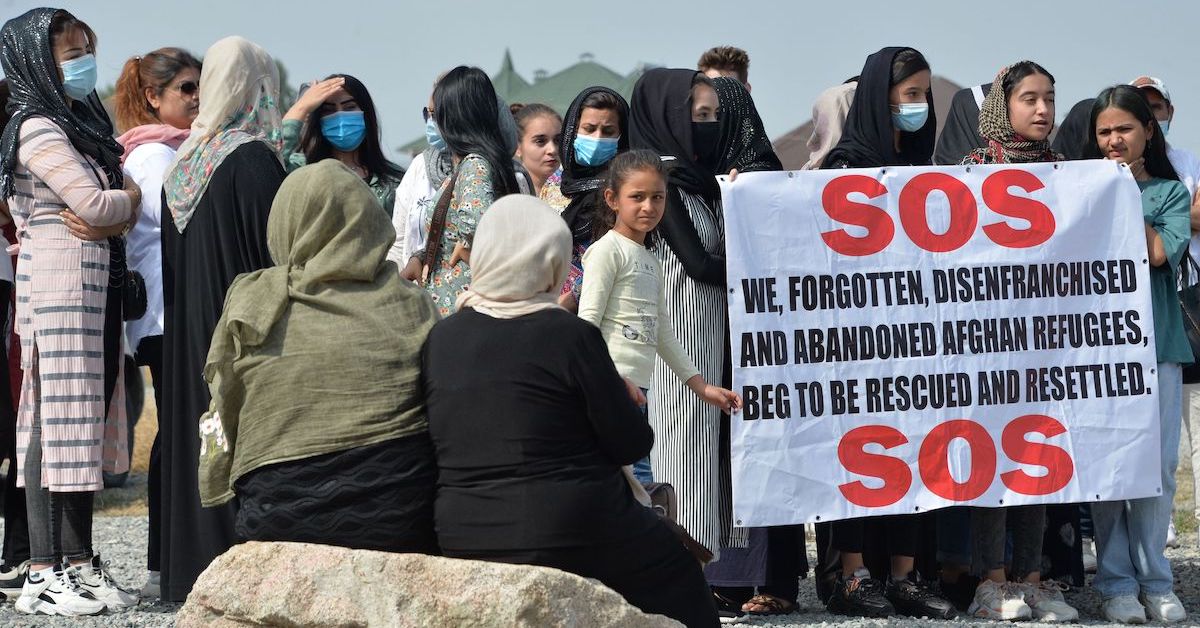The withdrawal of US troops from Afghanistan created an unprecedented situation. The Taliban has once again seized control, leading many Afghan citizens to risk their lives to seek refuge in other countries. However, what’s occurring is nothing new, as Afghanistan has a long history of internal strife and being invaded by foreign powers.
Alexander the Great and the Province of Bactria
Following his victory over King Darius III during the Battle of Gaugamela, Alexander the Great wanted to further expand his empire. To accomplish this, he invaded Afghanistan in 330 BC.
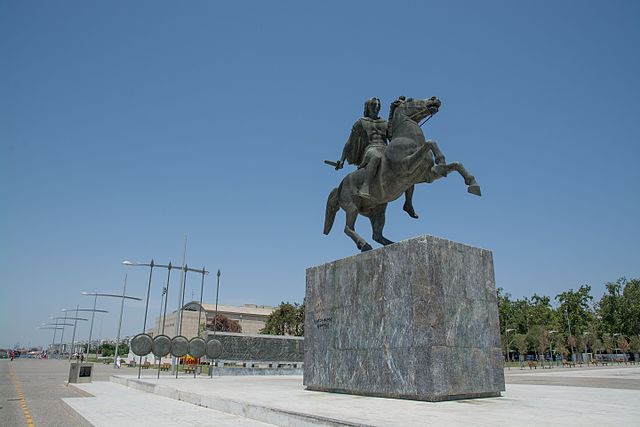
Following his death, his empire was divided amongst his army generals. Afghanistan fell under the control of Seleucus, who formed the Seleucid Empire. It contained the province of Bactria, a remote Greek territory to the east that caused trouble.
The Greeks declared their independence and defeated the Seleucid forces sent to disarm them. This led to the formation of the Greco-Bactrian Kingdom, encompassing Afghanistan and western India for the better part of three centuries. It lasted until the first century AD, when the Kushans invaded Afghanistan. Despite losing their hold of the country, the Greek language was featured on Kushan coinage for the next several centuries.
Islamic Conquest of Afghanistan
From the seventh to ninth centuries, the Islamic Conquest of Afghanistan sought to convert the country to Islam. It followed the disintegration of the Roman and Sassanid Persian empires, and was one of many Muslim conquests following the creation of a unified state by the prophet Muhammad in the Arabian Peninsula.
The Muslim Arabs made their way east of Persia, capturing the city of Herat in 642 AD. By 667, they’d gained control of Afghanistan, only to lose it during the Kabul revolt. They wouldn’t regain control until 870.
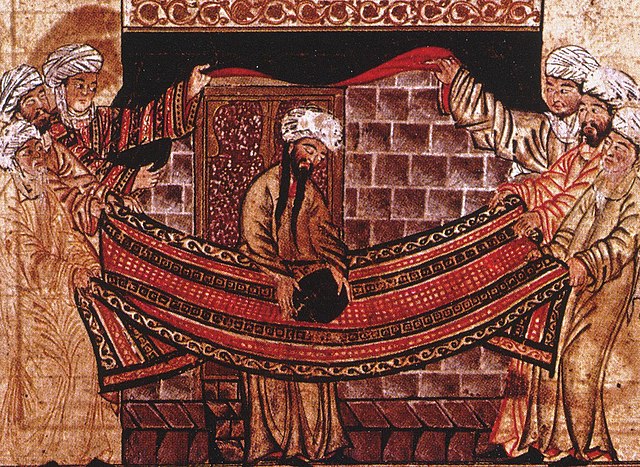
Before the Muslim Arabs took control, Afghanistan was home to Buddhism, Hinduism, Judaism and Zoroastrianism, among other religions. It took until the 11th century, during the period of the Ghaznavids, for the population to fully convert to Islam.
Genghis Khan and the Siege of Bamyan
By 1218, Genghis Khan had spread his empire from the Caspian Sea to the Persian Gulf. He wanted to continue expanding his territory and thus extended messages to neighboring empires. He attempted this with the Khwarazmian Empire, but its leader refused. This resulted in a bloody siege.
Genghis invaded the region in 1219 with 200,000 Mongol soldiers. His army slaughtered citizens, leading up to the Siege of Bamyan in 1221. Having defeated the Khwarazmian forces, Genghis continued on into India.
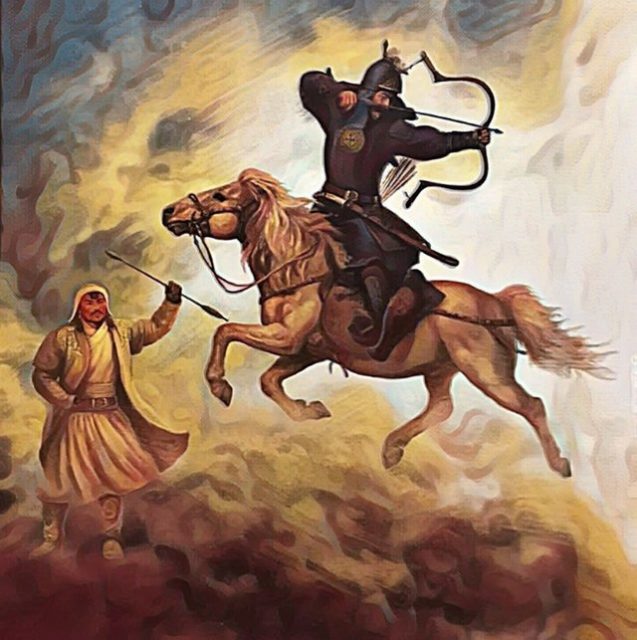
The expansion of the Mongol Empire left Afghanistan largely under Genghis’ control. Men were slaughtered and women enslaved. Mongol troops were made permanent fixtures to ensure the region remained protected against enemy attacks. Genghis died not long after and the region fell under the control of the Ilkhanate and Chagatai Khanate.
Tamerlane’s conquest
A warrior by the name of Tamerlane – also known as Timur – rose to rule Khanate and proceeded to conquer the surrounding area. The destruction he caused was much worse than that inflicted by Genghis Khan and his forces. He conquered Afghanistan from the north, and it’s estimated his army was responsible for 17 million murders and the enslavement of women.
After the north was successfully defeated, he set his sights on the south.
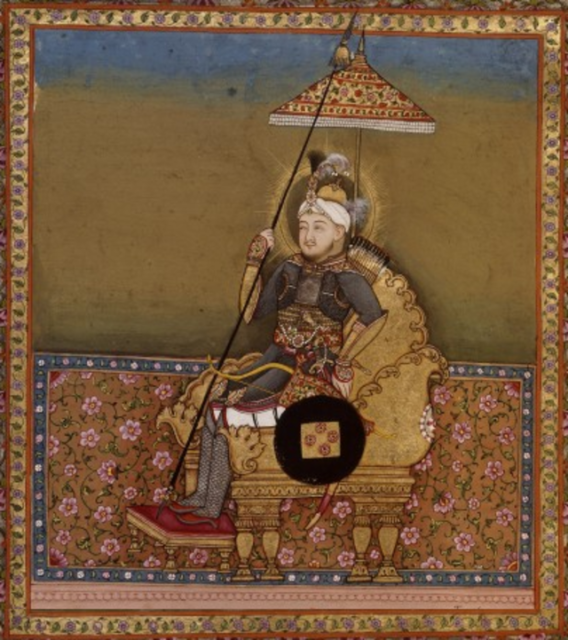
Timur’s rule was long-lasting, thanks to his relationship with the Hazaras, the Uzbeks and other Turkic countries, and enabled him to defeat the Ottomans for control of Central Anatolia.
The Mughal Empire is established
The Timurid Empire began to dissolve around 1506, leading to the establishment of the Mughal Empire in 1526. Babur, a descendant of Timur, was able to lay claim over Pakistan, Afghanistan, and India.
By the 17th century, the Mughal Empire controlled most of India. Its rule in Afghanistan began to weaken during the 1700s, largely due to the advent of gunpowder and firearms. This led to a period of unrest, as Afghan tribes fought against the Persian Safavids attempting to gain control.

The Afghan revolt eventually brought down the Safavid Empire. Modern Afghanistan was officially founded a few decades later, in 1747.
Battle of Jamrud
Following the consolidation of the Sikh Empire, Maharaja Ranjit Singh instigated numerous invasions on Afghan territory. This later became known as the Afghan-Sikh Wars. This, along with internal strife, led to a large loss of land, culminating in the Battle of Jamrud on April 30, 1837.
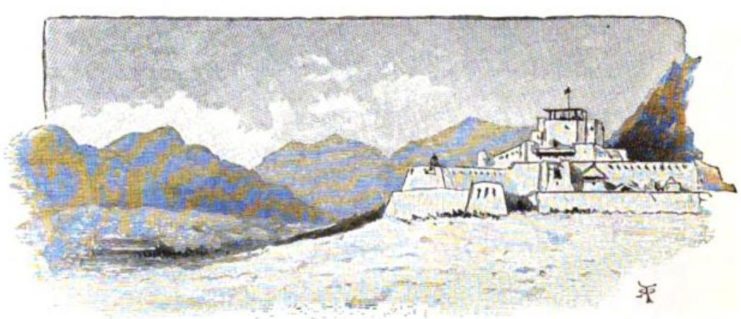
The Afghan forces were led by Emir Dost Muhammad Khan as the country made one final attempt to recapture Peshwar. Ranjit Singh was fatally injured and died of his injuries, while the Afghan forces were unable to gain possession of Peshwar or Jamrud.
Anglo-Afghan Wars
The British tried three times to invade Afghanistan in the 19th and early 20th centuries. The first was an attempt to limit the influence of Russia while fighting off raiding forces. The British were expelled within four years. The second war, from 1878-80, was another attempt, without the intention of establishing a permanent presence within Afghanistan.
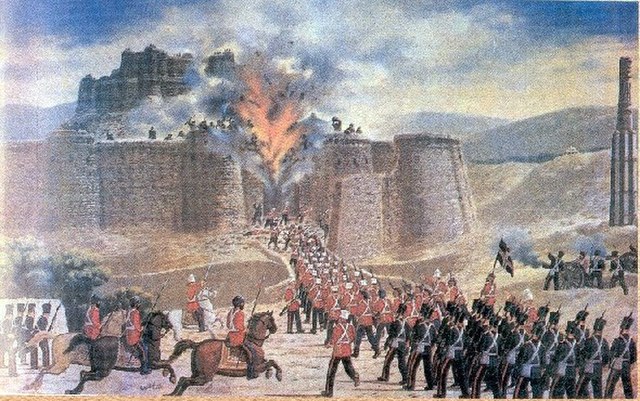
The final invasion occurred in 1919. Dubbed the War of Independence by Afghans, it allowed the country to not only expel the British forces but establish itself as an independent nation. While a win for Afghanistan, the British also saw it as a success, thanks to the creation of the Durand Line, which made a border between Afghanistan and British India.
Soviet-Afghan War
The Soviet Union invaded Afghanistan in 1929 and ’30, but the largest conflict between the two was the Soviet-Afghan War. It resulted from unrest caused by the introduction of Soviet-esque policies and what many viewed as an oppressive government. By 1979, the Afghan government was in constant conflict with guerrilla groups, leading them to request help from the USSR.

After some hesitancy, the USSR sent its Special Forces in December 1979. This kickstarted a decade of Soviet presence in the country, with the Army fighting the local Mujahideen group, as well as other factions. On January 24, 1989, the decision was made for Soviet forces to leave the country, while still continuing their support of the government.
Soon after, the Mujahideen began experiencing in-fighting. The rise of warlords, as a result, led to the creation of the Taliban.
The United States invades
Following the tragic events of September 11, 2001, the US decided to prevent similar attacks. On October 7, 2001, they launched Operation Enduring Freedom. The objective: capture the man behind the attacks. To accomplish this, the military forces needed to fight his insurgents.
While the US forces wouldn’t reach him until May 2011, their initial invasion toppled the Taliban government and disrupt insurgent activity occurring in Afghanistan.
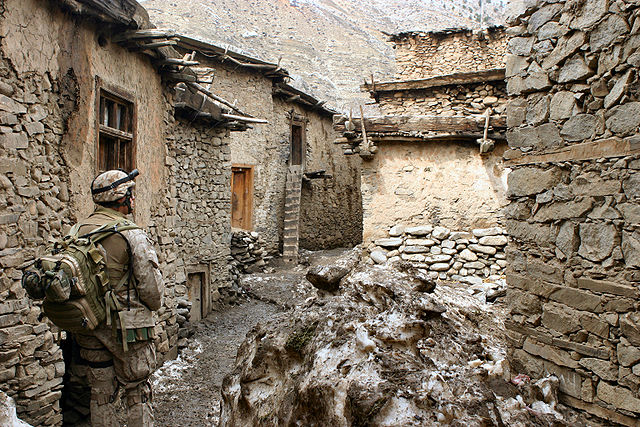
More from us: Operation Trent: The British Special Air Service’s Astonishing Daylight Mission in Afghanistan
Over the years, tens of thousands of troops served in Afghanistan, working to bring order to the country while also fighting the enemy. As the conflict came to a close, a number of allied countries withdrew their forces, with the US being the last to do so in August 2021. Things didn’t go as planned, with the withdrawal suffering a number of setbacks. The Taliban has since regained control of the country, essentially turning back the clock to before the Americans invaded.
